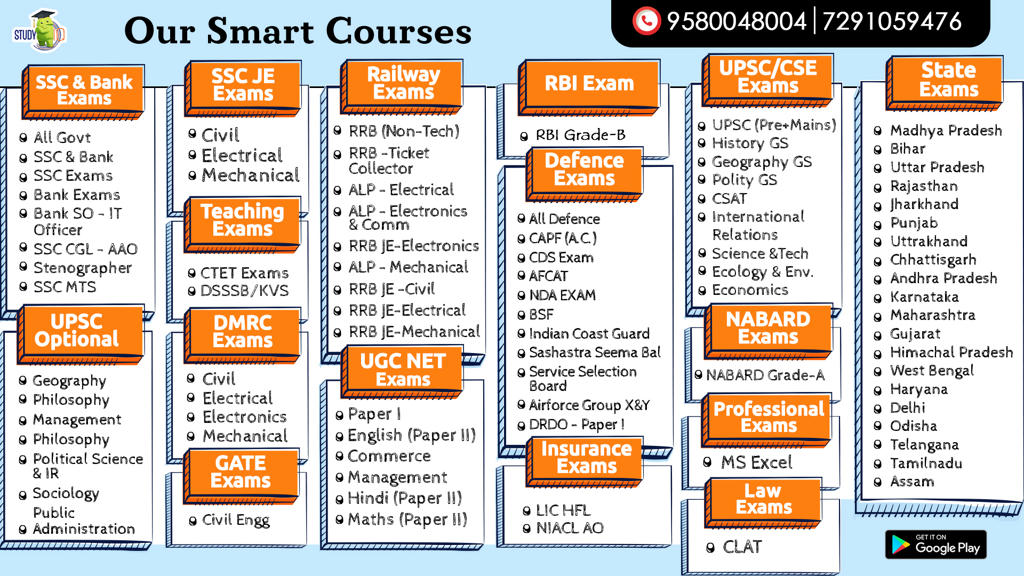Table of Contents
DOMINANT SECTOR
- Agriculture had been the dominant sector of the economy since the dawn of civilisation, until its supremacy was replaced by the first three industrial revolutions beginning 250 years ago.
- The industrial revolutions were also accompanied by the emergence of capitalism and a market economy. The three industrial revolutions created huge job opportunities and helped with the assimilation of the agrarian workforce into the secondary and tertiary segments of the economy.
SCENARIO
- Agricultural produce at the primary level is disproportionately insignificant, given the size of the population that it is required to sustain. The Indian scenario isn’t much different, except that the GDP contribution of this sector (12-15 per cent) to the economy is somewhat higher than the world average. This is a case of sectoral income inequalities.
PROBLEMS
- The central and state governments are continuously trying to improve the economic status of farmers; however, these efforts do not get translated into a sustainable increase in the per capita income of the farmers.
- Instead of addressing the problem faced by the farmers alone, there is a need to take a comprehensive view for a new economic model in the backdrop of the highly distorted economic inequality, impending large-scale job losses sealing opportunity for shifting people from agriculture to other sectors.
SOLUTIONS
- Proposing one such solution that could be employed to address the issues haunting the agrarian economy and pave the way for retention of the population in the agriculture sector by bringing rural average household income closer to those engaged in manufacturing and services sectors without making any reference to the farmers’ agitation, or the new farm laws, continuance or abolition of APMCs, MSP, DBT, subsidies etc.
SOLUTIONS
- Proposal involves fixation of prices of all the agricultural primary goods on a day-to-day basis or periodically by the local farming community.
- Once such prices are discovered and fixed, the first trader will have to procure that commodity at a price not below the price so fixed. The subsequent sales or trades can happen depending on the market forces. I propose a name for this scheme: “First Trade Minimum Price” (FTMP).
SOLUTION
- The exercise of fixing prices could be enabled through the use of robust digital technologies that are easily available.
- The organisational structure, statutory/regulatory mechanisms, the use of technologies are the aspects of detailing and not at all difficult to conceptualise and implement. As the proposal is extremely simple, it wouldn’t take a long gestation period to operationalise it
SOLUTION
- This proposition is perfectly aligned with the existing accepted practices. It’s a fact that the GDP contribution of the secondary and tertiary sectors combined is more than 80 per cent and it’s also a fact that the prices of products or the services of this 80 per cent economy are determined and decided by the manufacturers of the products or the service providers. My proposition is to enable the farming community also to decide the prices of their products like the secondary and tertiary segments of the economy.
Latest Burning Issues | Free PDF






















 WhatsApp
WhatsApp